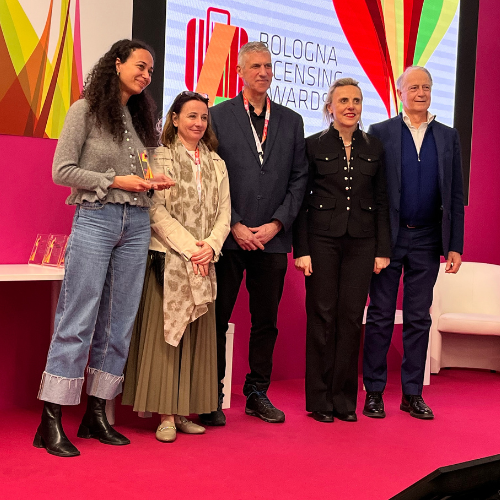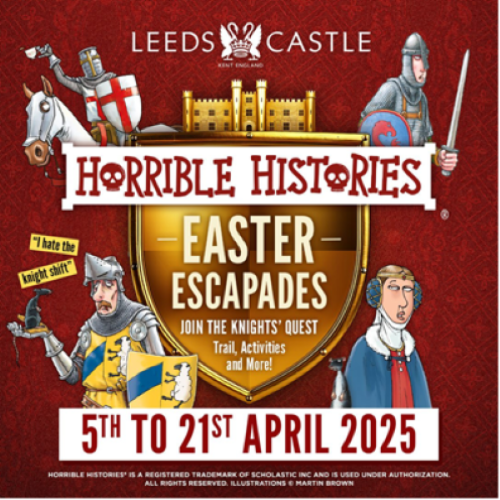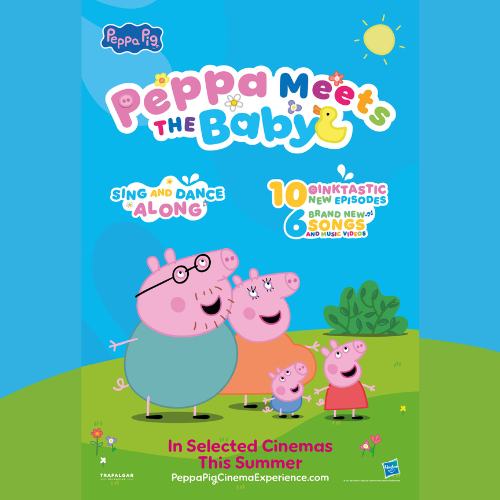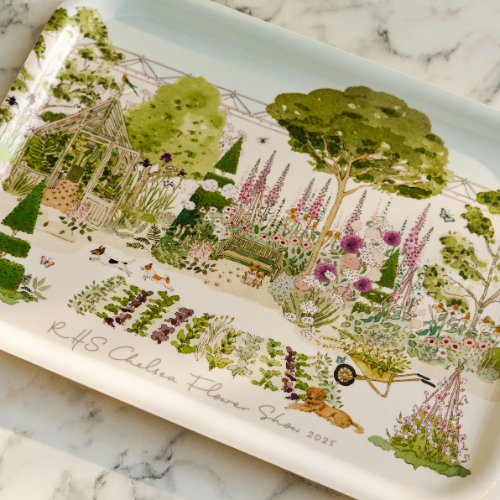Innovation in licensed publishing has caught the eye of Start Licensing’s Ian Downes this week.
Publishing has long been a cornerstone of the licensing industry. It is a source for licensed properties – Harry Potter being a prime example, while licensing programmes based on the likes of Beano, The Very Hungry Caterpillar and Jacqueline Wilson show it is a fruitful source of new properties.
Beyond this, publishing is seen as a key area with which to launch and build a new licensed property. It is seen as a category that adds lustre to a licensing programme and acts as a solid foundation. However, it is a tough category to be successful in because of the level of competition not least from non-licensed ‘original’ publishing, but also as the retail landscape in the book category has changed.
There is a greater emphasis on innovation and creativity with new book formats emerging in licensing.
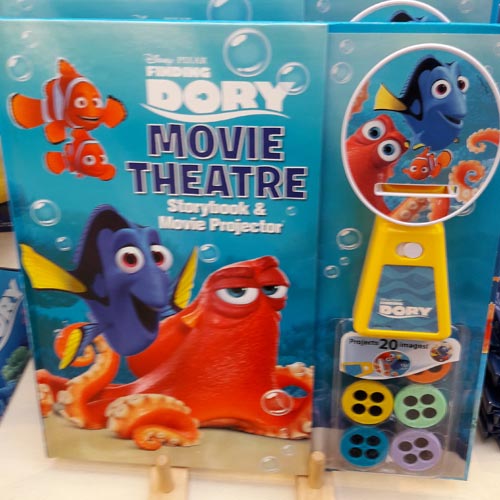
I found a great example of this with a range of Finding Dory books this week – the range was made up of around five or six different formats pitched at different price points.
A highlight in an innovative range was Finding Dory Movie Theatre: this was a large format book which dominated the retail fixture but was a book plus – as well as a storybook the book was packaged with a ‘movie projector’ with film stills allowing a child to read the story but also see the story. It was a combo product mixing a traditional well produced picture book format with an ‘old school’ toy, the handheld projector.
It is a good example of how licensed titles in the children’s category often have more of toyetic nature to them. This is in part due to the change in retail distribution, but also I think to help licensed titles stand out in a busy category while making books more giftable. The book was part of a Finding Dory sea of blue display sitting neatly alongside traditional book and toy formats.
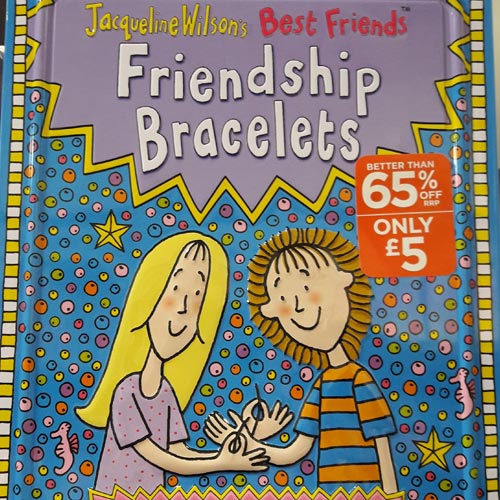
On the subject of books as gifts, I was impressed by a range of Books in Tins in WH Smith this week. These titles produced by companies such as Parragon and Top That are hybrid books – books with ‘make and do’ formats. Developed with the Christmas gift market in mind, the books take advantage of book distribution but crossover into toy, arts and crafts territory.
Examples on sale at the moment include Star Wars Modelmaking kits with storybooks and, from my own portfolio, a Jacqueline Wilson Best Friends Friendship Bracelet. This pack includes an activity book with crafting materials to make a Friendship bracelet. This category relies on innovation in content terms, some flexibility in terms of rights management and also an awareness of retail placement (these are the sort of products that may appear ‘exclusively’ in certain retailers or distribution channels). Other licences featuring in the book in a tin category were PAW Patrol, Where’s Wally? and Frozen.
These kind of products are also attractive to direct selling operations like The Book People – allowing licensed products to be part of a unique distribution network and for licensing to be pitched as a ‘value for money’ offer in a price sensitive channel.

I visited the O2 this week to see Andy Murray win a marathon semi-final match in the ATP Tennis. I went there to relax, but it wasn’t very relaxing watching the ebb and flow of a Murray match and I also thought I could switch my licensing radar off. Alas I couldn’t.
In the walk up to the O2 there was a sequence of posters promoting a new visitor attraction, Star Wars Identities. The Metro describes the exhibition rather wittily as ‘The exhibition you’re looking for’. Promotion for the exhibition is now at full tilt and I suspect this will be a big hit not just with die hard fans. My sense is that it has been developed to appeal to a broader audience while not disappointing the core fan.
It is another example of how licensing is increasingly extending beyond product deals. IP owners have to be alert and mindful to new types of licensing such as exhibitions. These opportunities will not work for every IP, but for a lot of licences they create a new ‘media platform’ attractive in a crowded media market and, of course, a new way of reaching fans with the added bonus of a retail unit.
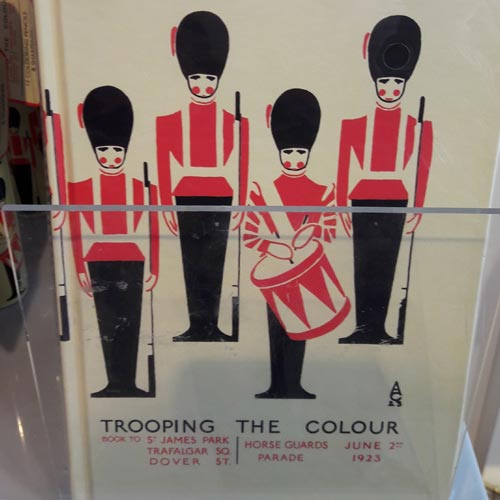
I saw a further example of how well Transport for London have leveraged their art archive this week. I popped into one of the Southbank Centre gift shops (always worth a look – more so at this time of the year as a source of some original gifts). TfL have used their archive of Underground and Bus posters very well with a range of gift, art, stationery and publishing products sold through their own retail network but increasingly in department stores, book retailers and independent gift outlets. They seem to pick and choose the design well, with priority given to designs that will appeal to multiple consumer groups and occasions.
The example I saw was a set of pencils in a tin tube matched with a notebook. The design used was a Underground poster from 1923 featuring Trooping the Colour with some beautifully illustrated Guardsmen. The licensee Robert Frederick have been able to access some classic artwork in a very efficient way and develop product that is attractive to a group of retailers that are traditionally wary of licensing. Seems like a good partnership to me.
I think we will see more examples of organisations such as TfL seeing a value in their archives – a value that is not just about making money but it is also a fabulous way of preserving cultural history. I love seeing the TfL archive on products – a great way of celebrating an important part of London’s history.
Ian Downes runs Start Licensing, an independent brand licensing agency. His Twitter handle is @startlicensing – he would welcome your suggestions for what to look out for.












